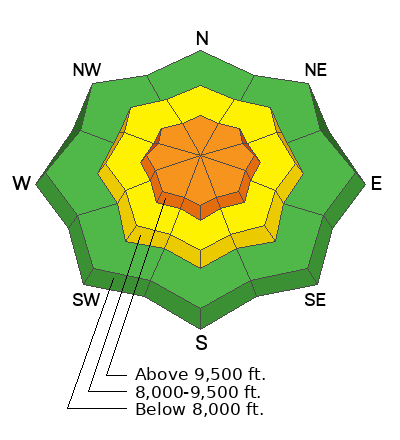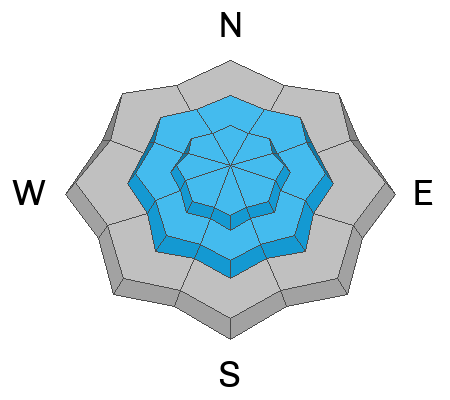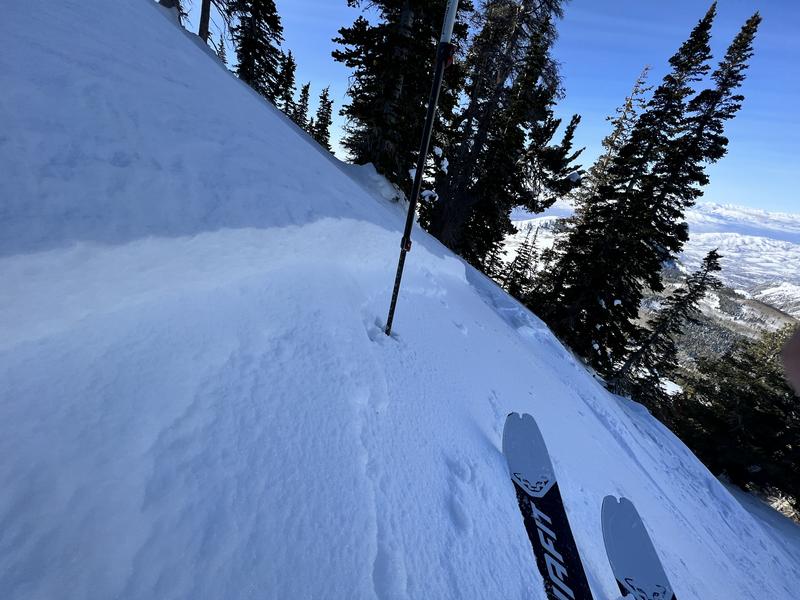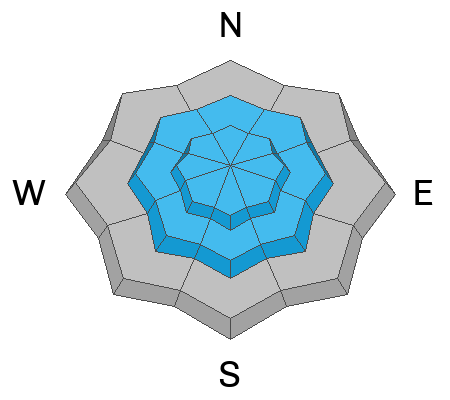Forecast for the Provo Area Mountains

Issued by Dave Kelly on
Monday morning, February 6, 2023
Monday morning, February 6, 2023
Today there is a CONSIDERABLE avalanche danger on upper-elevation slopes for triggering a wind-drifted snow avalanche. There is a MODERATE danger on mid elevation slopes for new-snow avalanches. There is a LOW danger for new snow avalanches on lower elevation terrain where there has been less snow.
In the highest elevation terrain riders can expect soft and hard slabs of wind-drifted snow 1-2' deep. Out of the wind zone riders can expect to see loose dry avalanches running on density changes within the storm snow.
These are the types of new snow avalanches that will be very sensitive to riders while ascending and descending. Practice good travel technique and only expose one person to a slope at a time while traveling in avalanche terrain.

Low
Moderate
Considerable
High
Extreme
Learn how to read the forecast here









